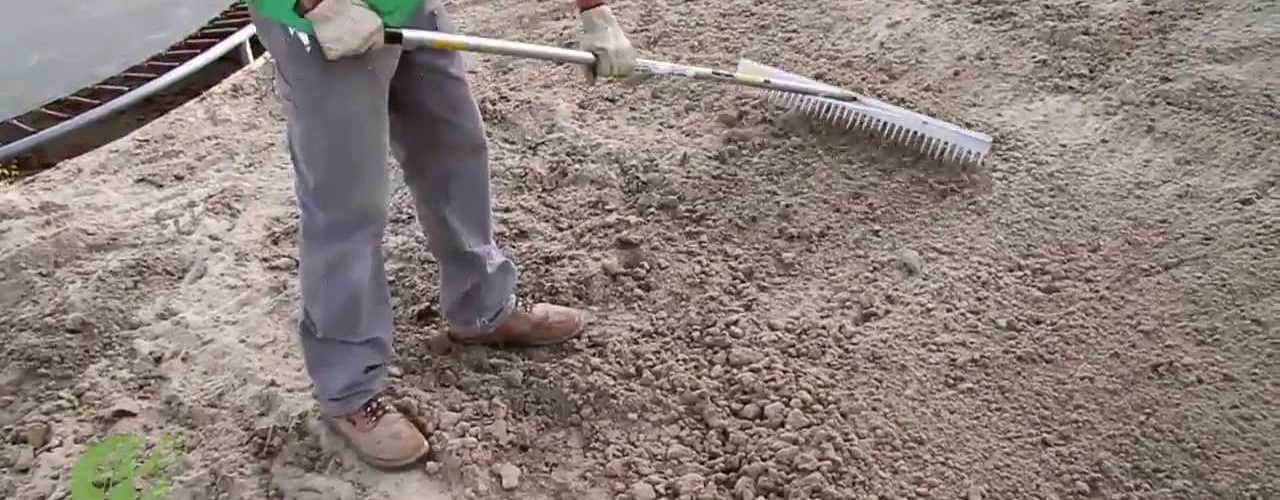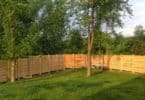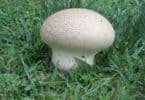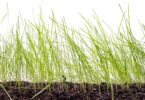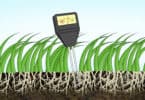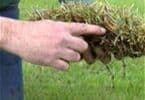Preparing the Soil
After deciding the appropriate type of seed for your location the next step is to prepare the soil. Ensure that the soil is free of all weeds and various plant material. Ensuring the removal of competition enables the seedlings to grow better as they will have full access to food, water, and sunlight. After removing plant competitors use a rake to reduce compaction and loosen the soil. This will enable the roots of the seedlings to push through the soil faster allowing water and nutrients to be absorbed faster.
Sowing the Seed
A seed spreader is the best way to ensure even coverage when sowing the seed. Set the spreader rate appropriately according to the manufacturer’s instructions (often times printed on the spreader itself). Spread half of the grass seed by walking in one direction through the desired area to be planted. Next, spread the second half of the grass seed by walking in a crisscross direction to that of the first. This enables even seed coverage of the desired planting area.
Once the seed has been sown use a fertilizer high in the nutrient phosphorous, which is essential to the development of grass seedlings. Starter fertilizers are typically high in phosphorous. In addition to fertilization the seed needs to be top-dressed in order to hold moisture. The best way to accomplish this is by using a fine textured organic matter, such as peat moss, with a cage roller. Quickly push the cage roller over the planting area until a coverage of 1/8 to 1/4 of an inch has been achieved. It is crucial to ensure that the coverage falls within that range for optimum seed germination. An alternative to using mulch is lightly raking the seed bed. This is slightly tricky because using too much pressure can cause the seed to move around or to be covered to deep within the soil. This approach is beneficial when planting in windy areas; however the mulching option typically provides better germination.
Watering the Seed
After the seed is sown ensure good contact between the soil and seed. This can be achieved by rolling the area with a roller half filled with water. Once good contact has been created water the planted area. Gently, to prevent puddles and the seed from washing away, apply enough water to saturate 6 to 8 inches deep within the soil bed. The best way to achieve this is by watering in short intervals multiple times. Once the bed has been thoroughly wetted, water often enough to keep the top inch moist until seed germination. After the bed starts to get established water slightly less frequently. If the bed turns from bright green to a grayish color the bed needs water. Watering every other day is typically adequate in most areas, but depends on the climate and particular season. Now enjoy your lush lawn and be proud of your successful accomplishment.
<>

